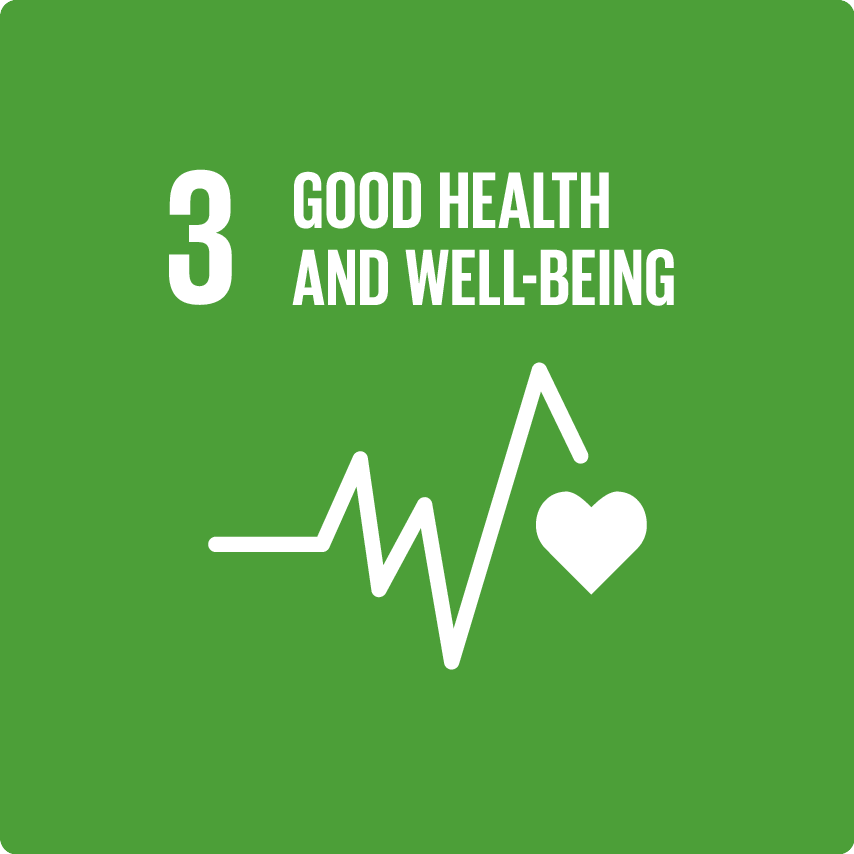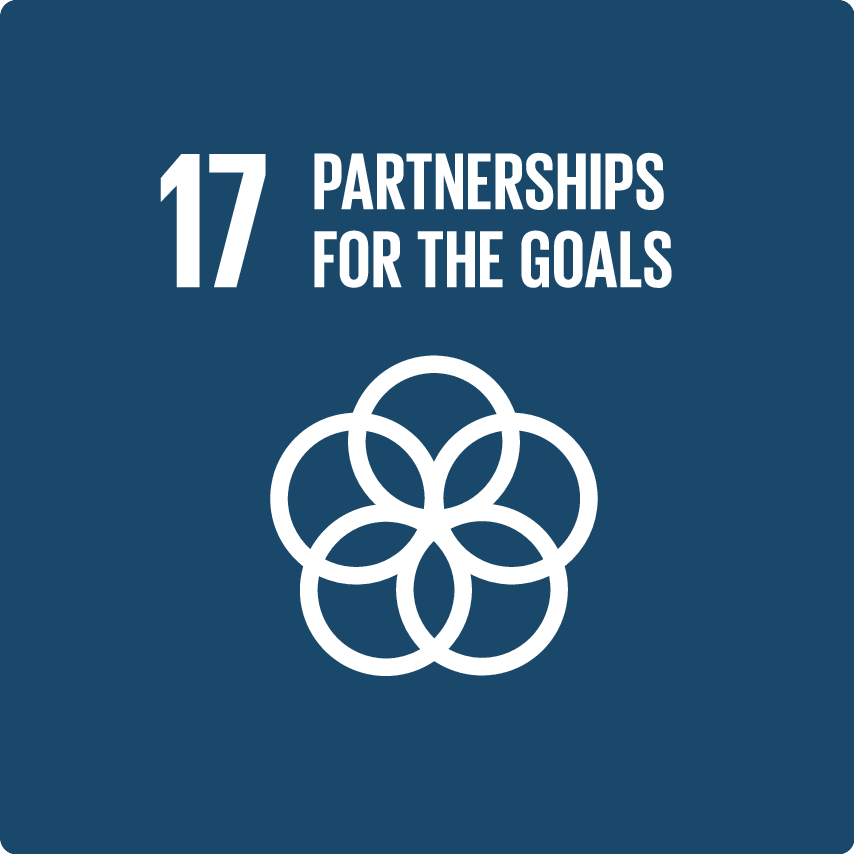Johnson & Johnson’s 10-year TB initiative
Decade-long commitment to help end TB, focused on broadening access to our treatment for MDR-TB, supporting efforts to help find the "missing millions" of people with undiagnosed TB and investing in research & development (R&D) to discover next-generation TB treatments.
SEE ALL PARTNER ORGANIZATIONS
Objectives
Johnson & Johnson’s 10-year initiaitive is aimed at supporting the UN Sustainable Development Goal of ending TB by 2030, and ultimately saving lives.
What are the health needs and challenges?
Tuberculosis (TB) is one of the world’s deadliest infectious diseases, claiming 1.6 million lives every year. Approximately, 95 percent of these deaths occur in low- and middle-income countries.
Growing resistance to the most commonly-used TB medicines is compounding this challenge. In fact, there are more than half a million cases of drug-resistant tuberculosis (DR-TB) every year, and DR-TB now accounts for nearly one-third of all deaths directly attributable to antimicrobial resistance (AMR). Just over 150,000 of these patients were diagnosed, meaning there are approximately 350,000 people with DR-TB who do not know they are infected. Every person who is not on treatment can infect an additional 15 people over the course of a year, posing a major threat to global health security.
Greater innovation is urgently needed – including innovative approaches to reaching patients today and innovation in the lab to develop shorter, simpler and better-tolerated treatment regimens for tomorrow.
Collaboration activities and how they address needs and challenges
To help drive progress toward the UN Sustainable Development Goal target, in September 2018, Johnson & Johnson announced a comprehensive 10-year commitment to:
- Broaden access to and scale-up of bedaquiline-containing treatment regimens for children and adults, while protecting the medicine’s long-term effectiveness;
- Support global efforts to help find the “missing millions” of TB cases that currently go undetected and, thus, untreated every year – a challenge made even more urgent by COVID-19-related setbacks; and
- Reinvest in the development of shorter, safer and simpler TB regimens needed to outpace antimicrobial resistance and end TB once and for all.
This comprehensive initiative builds on Johnson & Johnson’s significant investments over two decades in the discovery, development and delivery of bedaquiline. When bedaquiline was granted accelerated approval by the U.S. FDA in 2012, it was the first targeted TB medicine with a novel mechanism of action in more than 40 years.
Geographic Reach
- Global Commitment
Disease Area
- Infectious and Parasitic Disease
Partner organizations
Stop TB Partnership
Geographic Reach
Global Commitment
Disease Area
Infectious and Parasitic Disease
- Drug-Resistant Infections (AMR)
- Tuberculosis

